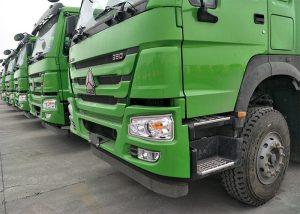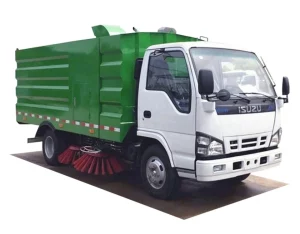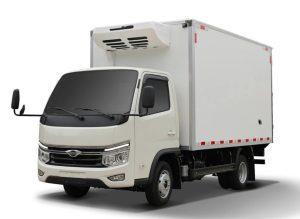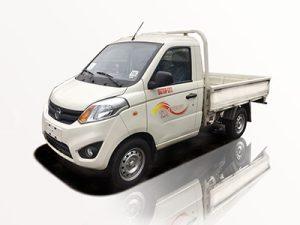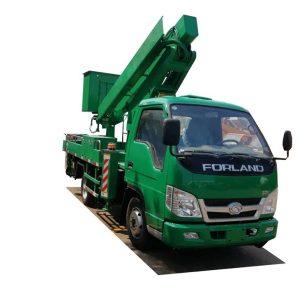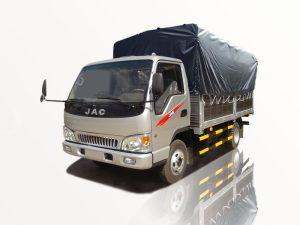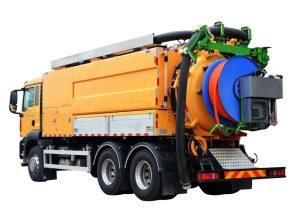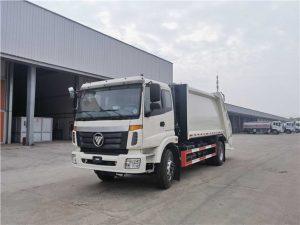Monday to Saturday - 8:00 -17:30
Understanding the Fire Chief Car: Features, Importance, and More
Fire chief cars play a vital role in fire department operations, serving not just as personal vehicles for fire chiefs but also as essential command units during emergencies. In this article, we will explore the significance of fire chief cars, their features, and what sets them apart from standard fire vehicles.
What is a Fire Chief Car?
A fire chief car, also known as a command vehicle, is a specialized vehicle used by fire chiefs for various purposes, including responding to emergencies, conducting inspections, and attending community events. These vehicles are outfitted with essential gear, equipment, and technology to facilitate effective leadership during firefighting and rescue operations.
Key Features of a Fire Chief Car
- Emergency Lights and Sirens: Fire chief cars are equipped with high-intensity lights and sirens to ensure visibility and authority on the road during emergency responses.
- Command and Control Equipment: These vehicles often feature radios, computers, and other communication tools that allow for seamless coordination with the fire department and other emergency services.
- Storage Space: Ample storage solutions are essential for carrying firefighting gear, incident command materials, and medical supplies.
- Comfort and Practicality: Since fire chiefs spend significant time in their vehicles, comfort features like spacious interiors and advanced climate control are vital.
The Role of Fire Chief Cars in Emergency Situations
In emergency scenarios, fire chief cars prove to be indispensable. They act as mobile command centers on the scene of incidents, allowing fire chiefs to make quick decisions and relay crucial information in real-time.
Incident Command System
Fire chief cars are integral to the Incident Command System (ICS). They provide chiefs with the mobility needed to assess situations, manage resources, and coordinate response efforts effectively. Their strategic positioning allows for improved situational awareness, ultimately leading to better outcomes in emergencies.
Examples of Situations Requiring Fire Chief Cars
| Emergency Type | Chief’s Role | Importance of Car |
|---|---|---|
| Structure Fire | Assessing the fire scene | Quick transportation to the site |
| Wildfire | Coordinating with multiple agencies | Mobile command center |
| MVA with Fire Risk | Ensuring safety and firefighting readiness | Equipped with firefighting gear |
Choosing the Right Fire Chief Car
Selecting the appropriate fire chief car can significantly affect its utility in emergency responses. Here are some factors fire departments should consider:
Vehicle Type Options
- Sport Utility Vehicles (SUVs): Popular for their high ground clearance and storage capabilities.
- Pickup Trucks: Offer ruggedness, allowing for heavy equipment transport.
- Command Vans: Provide additional space for technology and personnel.
Customizability
Many fire departments choose to customize their chief cars based on specific operational needs. Customizations could include shelving, storage compartments, or technology integrations such as GPS systems, incident mapping software, and more.
Budget Considerations for Fire Chief Cars
Acquiring a fire chief car involves careful budget planning. Costs can vary widely based on the type of vehicle, customization, and additional equipment.
Initial Costs vs. Long-Term Value
- Initial Purchase Price: This includes the base vehicle cost and any immediate customizations needed.
- Maintenance Costs: Regular servicing and repairs should factor into long-term budgeting.
- Operational Costs: Fuel efficiency and insurance premiums can impact ongoing expenses.
Funding Sources
Fire departments can explore various funding options to purchase fire chief cars, including:
- Grants from government agencies or nonprofit organizations.
- Local government budget allocations.
- Community fundraising events.
Fire Chief Car Regulations and Standards
Fire chief cars need to comply with specific regulations and standards aimed at ensuring safety and functionality. These may vary by region but often include:
Road Safety Standards
- Light and Sound Regulations: Compliance with emergency vehicle light and siren specifications.
- Inspection Requirements: Regular vehicle inspections to ensure roadworthiness and safety.
Operational Guidelines
Fire agencies are made to follow specific protocols for the use of fire chief cars to maintain operational efficiency and safety during emergencies.
Maintenance and Care for Fire Chief Cars
Routine maintenance plays a crucial role in ensuring fire chief cars operate reliably. Here are some key maintenance tips:
Regular Inspections
Frequent vehicle inspections can identify problems before they escalate. Checks should include:
- Tires and brakes
- Fluids (oil, coolant, brake fluid, etc.)
- Emergency equipment functionality
Cleaning and Detailing
Cleaning the interior and exterior of the car regularly helps maintain its appearance and longevity. Detailing can also ensure all equipment is properly stored and functional.
Fire Chief Cars and Community Engagement
Fire chief cars also serve a significant role beyond emergency response. They are used in community outreach initiatives and public relations. Here are some examples:
Public Events
Fire chiefs often use their cars in parades, safety demonstrations, and community events, promoting fire safety awareness and building community relations.
Fire Safety Education
Many fire departments utilize their chief cars to transport the chief during school visits and community workshops in order to educate the public about fire safety protocols.
Future Trends in Fire Chief Vehicles
The landscape for fire chief cars is continually evolving, influenced by advancements in technology and shifts in operational needs.
Electric and Hybrid Options
With a growing focus on sustainability, some fire departments are exploring electric and hybrid options for their chief cars. These vehicles offer potential savings in fuel and maintenance costs while reducing carbon footprints.
Advanced Technology Integration
Fire chief cars are likely to incorporate more advanced technology, including:
- Automatic emergency braking systems
- Enhanced GPS navigation and tracking systems
- Real-time data sharing capabilities during emergencies
Frequently Asked Questions
1. What differentiates a fire chief car from a standard fire truck?
A fire chief car is designed for the fire chief’s personal use and command capabilities, while a fire truck is primarily for firefighting and transporting equipment.
2. Can fire chief cars be used for non-emergency purposes?
Yes, fire chief cars are often used for administrative tasks, inspections, and public relations events outside of emergency responses.
3. Are fire chief cars only found in the United States?
While fire chief cars are commonly seen in the U.S., many countries worldwide use similar vehicles for their fire departments.
4. How are fire chief cars funded?
Funding comes from various sources including government budgets, grants, and community fundraising efforts.
5. What maintenance is required for fire chief cars?
Regular inspections, fluid checks, and cleanliness are essential to ensure the vehicle remains in good working condition.
6. Are there training programs for fire chiefs regarding the use of their cars?
Many fire departments provide training programs focusing on the operational aspects of their vehicles, including emergency response protocols and maintenance procedures.


